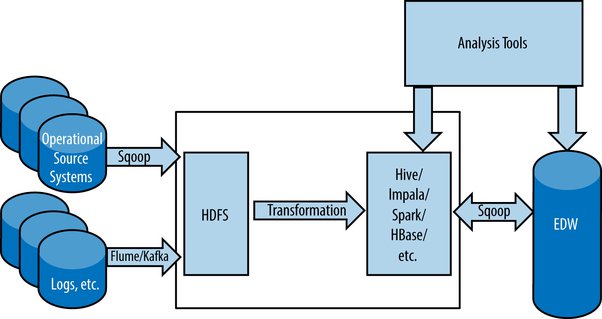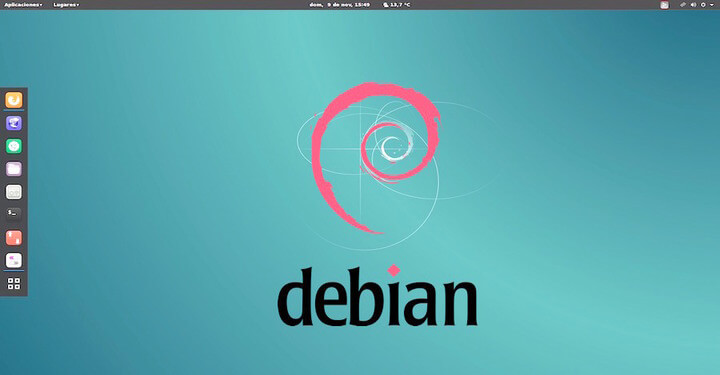Apache Hive vs. Other Data Warehouse Solutions: A Comparative Analysis
In the ever-evolving world of data analytics, choosing the right data warehouse solution is crucial for efficient data processing and analysis. Apache Hive, an open-source data warehouse platform, is often compared with other leading solutions in the market. In this blog post, we’ll undertake a comprehensive comparison between Apache Hive and other popular data warehouse solutions, exploring their features, strengths, and limitations.
Apache Hive: An Overview
Apache Hive is a data warehousing and SQL-like query language solution built on top of Hadoop. It allows users to manage and query large datasets using a familiar SQL syntax. Hive converts SQL queries into MapReduce or Tez tasks for distributed processing, making it suitable for handling massive datasets.
Comparing Apache Hive with Other Data Warehouse Solutions
1. Apache Hive vs. Amazon Redshift
Strengths:
- Hive’s open-source nature offers more flexibility in terms of customization.
- Hive can process data stored in various formats, including JSON and Parquet.
- Cost-effectiveness due to its open-source nature.
Limitations:
- Redshift is optimized for speed and scalability, making it more suitable for heavy workloads.
- Redshift offers better integration with other AWS services.
2. Apache Hive vs. Google BigQuery
Strengths:
- Hive’s Hadoop integration allows it to work well with a wide range of data sources.
- BigQuery is a serverless solution, eliminating the need for infrastructure management.
- BigQuery’s automatic scaling ensures smooth performance even with large datasets.
Limitations:
- BigQuery’s proprietary nature might limit flexibility compared to Hive’s open-source model.
- BigQuery may be more expensive for very large workloads.
3. Apache Hive vs. Snowflake
Strengths:
- Hive’s integration with Hadoop enables handling complex data transformations.
- Snowflake’s architecture ensures separation of storage and compute, enhancing scalability.
- Snowflake provides automatic performance optimization and scaling.
Limitations:
- Snowflake’s pricing model could be a concern for some users.
- Hive’s native integration with Hadoop might require additional setup for users not already familiar with Hadoop.
4. Apache Hive vs. Microsoft Azure Synapse Analytics (formerly SQL Data Warehouse)
Strengths:
- Hive’s open-source nature allows for greater flexibility and customization.
- Azure Synapse Analytics offers powerful integration with other Microsoft services.
- Synapse Analytics provides advanced analytics capabilities.
Limitations:
- Synapse Analytics might be a more user-friendly option for organizations already using the Microsoft ecosystem.
- Hive’s learning curve can be steeper for those unfamiliar with Hadoop.
Choosing the right data warehouse solution depends on various factors, including your organization’s size, data volume, existing infrastructure, and analytical needs. While Apache Hive offers open-source flexibility and scalability, other solutions like Amazon Redshift, Google BigQuery, Snowflake, and Azure Synapse Analytics bring their own strengths to the table. Carefully evaluating your requirements and comparing them against the features of each solution will help you make an informed decision that aligns with your data analytics objectives.










